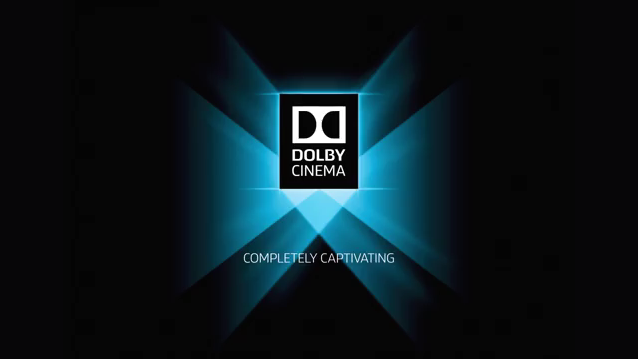Hollywood studios announce new batch of Dolby Cinema releases
Lionsgate, Paramount, Sony, Twentieth Century Fox and Universal have all announced new titles which will be shown in Dolby Atmos and Dolby Vision at Dolby Cinemas worldwide...

'Dolby Cinema' is a relatively new concept, combining the company's Dolby Vision picture technology and Dolby Atmos surround sound format to create one of the most high-tech cinema experiences available.
Dolby Cinema: Dolby and AMC plan to reinvent the cinema
The only slight drawback is that the number of Dolby Cinemas in the UK is currently zero, while there are only a handful to be found across the globe. Dolby says it is "continuing to discuss other location options with exhibitors around the world".
Sony Pictures' Pixels (out 24th July), Paramount's Mission: Impossible - Rogue Nation (out 31st July), Universal's Everest (out September) and Lionsgate's The Hunger Games: Mockingjay - Part 2 (out November) will all be available to experience in a Dolby Cinema.
Michael Barnathan, producer of Pixels, said "our team was incredibly excited to collaborate with Dolby on colour grading and sound mixing the movie with Dolby Vision and Dolby Atmos. The combination of amazing sound and vibrant imagery - bright, clear and full of colour - makes Pac-Man, Donkey Kong and the rest of the arcade game characters larger than life on the big screen."
Atmos is Dolby's object-based surround sound format, which expands on traditional 5.1 and 7.1 surround sound set-ups to include multiple speakers positioned around the room. In a home environment, this means making room for either two or four additional speakers in your ceiling and buying an Atmos-compatible AV receiver.
Dolby Vision, originally unveiled at CES back in January, is a form of HDR (High Dynamic Range) picture technology, which claims to offer greater contrast, brightness and colour reproduction. In theory it sounds great, but it does require all the links in the chain, including source and screen, to be compatible with the technology.
Get the What Hi-Fi? Newsletter
The latest hi-fi, home cinema and tech news, reviews, buying advice and deals, direct to your inbox.
Andy is Deputy Editor of What Hi-Fi? and a consumer electronics journalist with nearly 20 years of experience writing news, reviews and features. Over the years he's also contributed to a number of other outlets, including The Sunday Times, the BBC, Stuff, and BA High Life Magazine. Premium wireless earbuds are his passion but he's also keen on car tech and in-car audio systems and can often be found cruising the countryside testing the latest set-ups. In his spare time Andy is a keen golfer and gamer.

